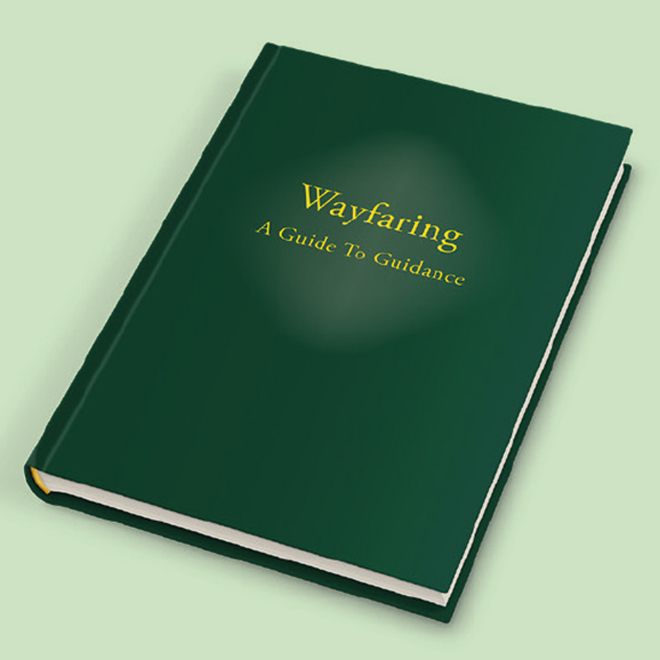‘From 1929 she worked from Friends House as leader of a team organising relief work for refugees, and she was a key player in the Kindertransport scheme.' Photo: Bertha Bracey
Blue plaque ceremony for Bertha Bracey
'Bertha Bracey was a teacher and aid worker who organised relief and sanctuary for Europeans affected by turmoil before, during and after the Second World War.'
Quaker Bertha Bracey, a key player in the Kindertransport scheme, is being commemorated with a blue plaque unveiled at Bournville Meeting House.
